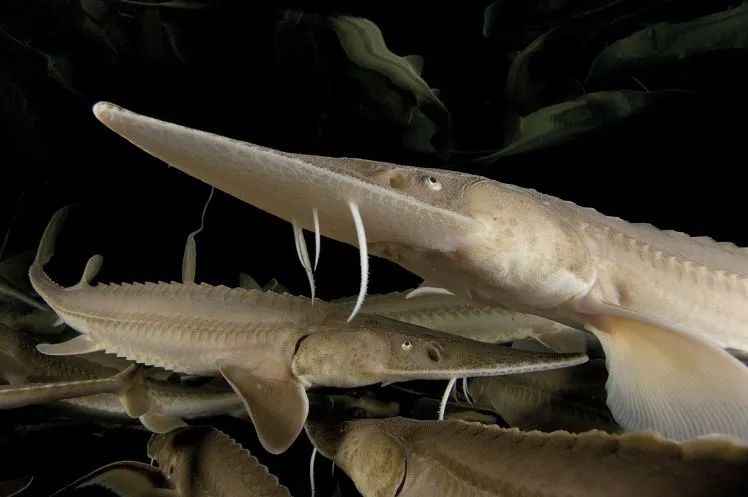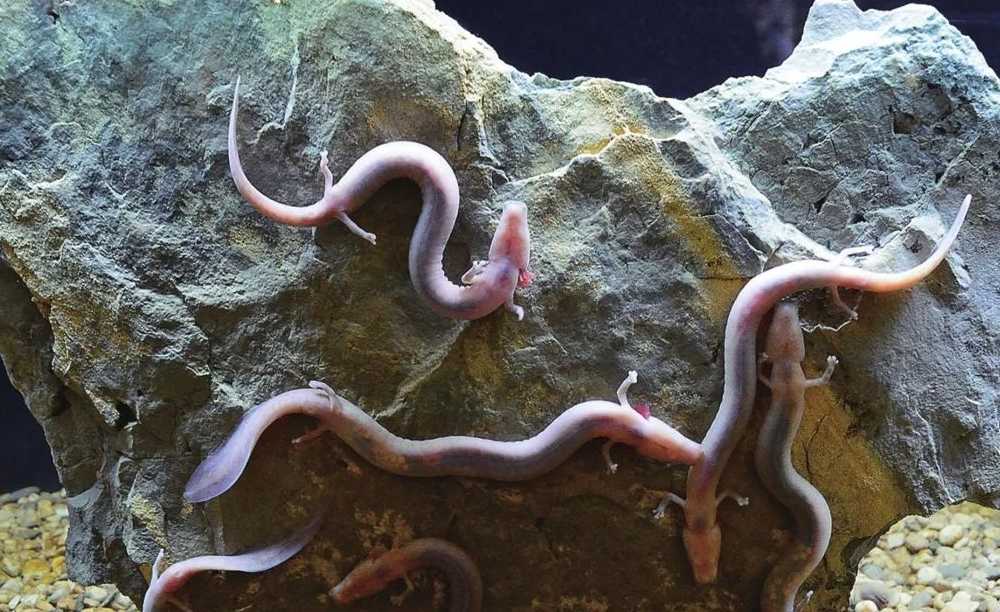Distinct from most fish, which are covered in scales, the pallid sturgeon boasts a body armored with hard bony plates. These unique "scutes" not only define its appearance but also served as effective protection throughout its long evolutionary journey. Adult pallid sturgeons can reach a weight of 36 kilograms and an impressive length, with a lifespan approaching 100 years—meaning an individual alive today might have witnessed nearly a century of changes in river ecosystems.
Yet, this "ancient survivor" now faces a severe existential crisis, listed as an endangered species. Intensifying human impacts on river ecosystems, including water conservancy projects, water pollution, overfishing, and habitat fragmentation, have shrunk the pallid sturgeon's living space and caused a steady decline in its population. As a key link in the Missouri River basin's ecological chain, its endangered status serves not only as a warning for the species itself but also reflects the health crisis of the entire river ecosystem.
Protecting the pallid sturgeon is more than safeguarding an ancient species; it is preserving the continuity of Earth's biodiversity and the ecological balance forged over millions of years. Currently, conservation organizations have launched initiatives such as habitat restoration and artificial breeding, aiming to secure more chances for this remarkable life form that has endured since the dinosaur era.










